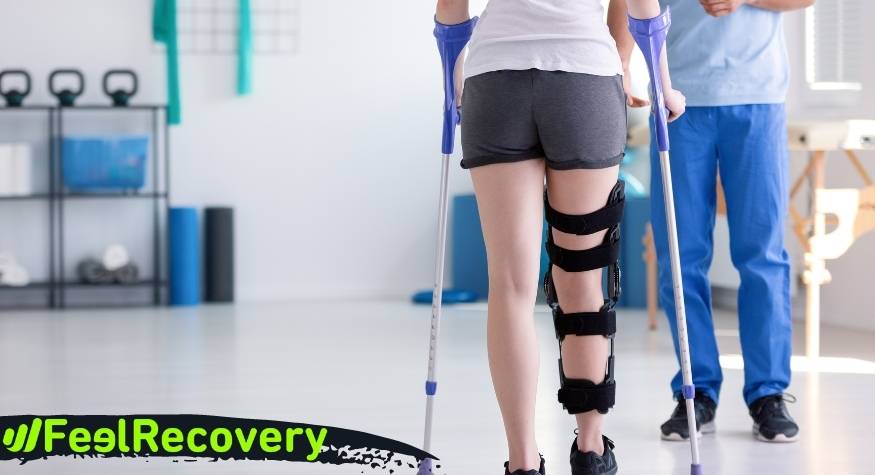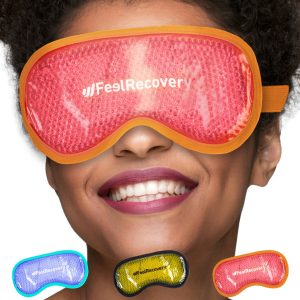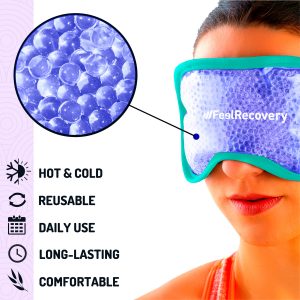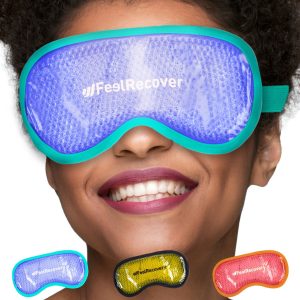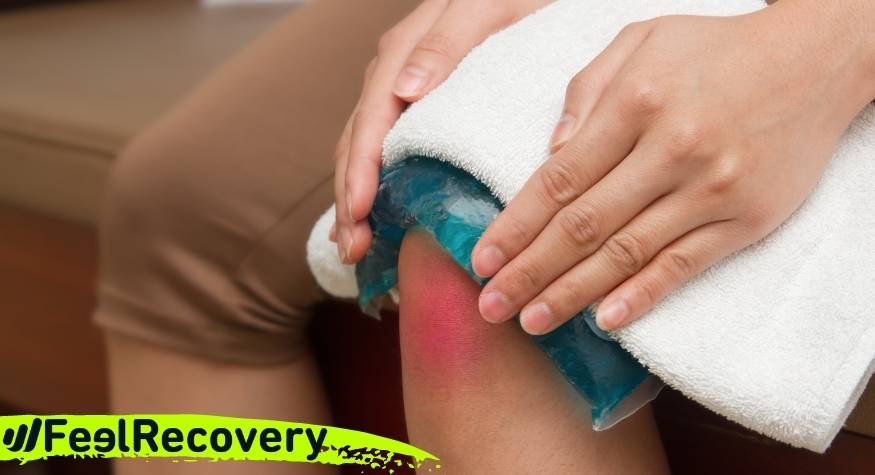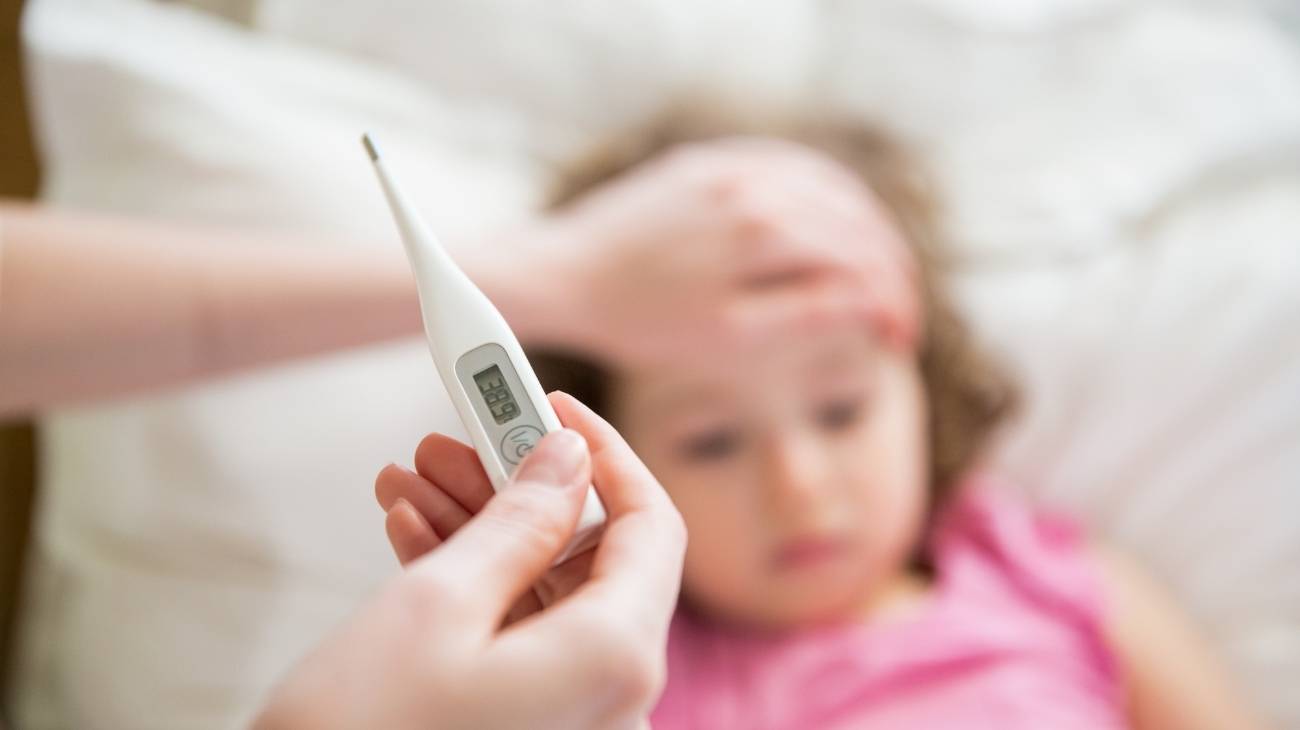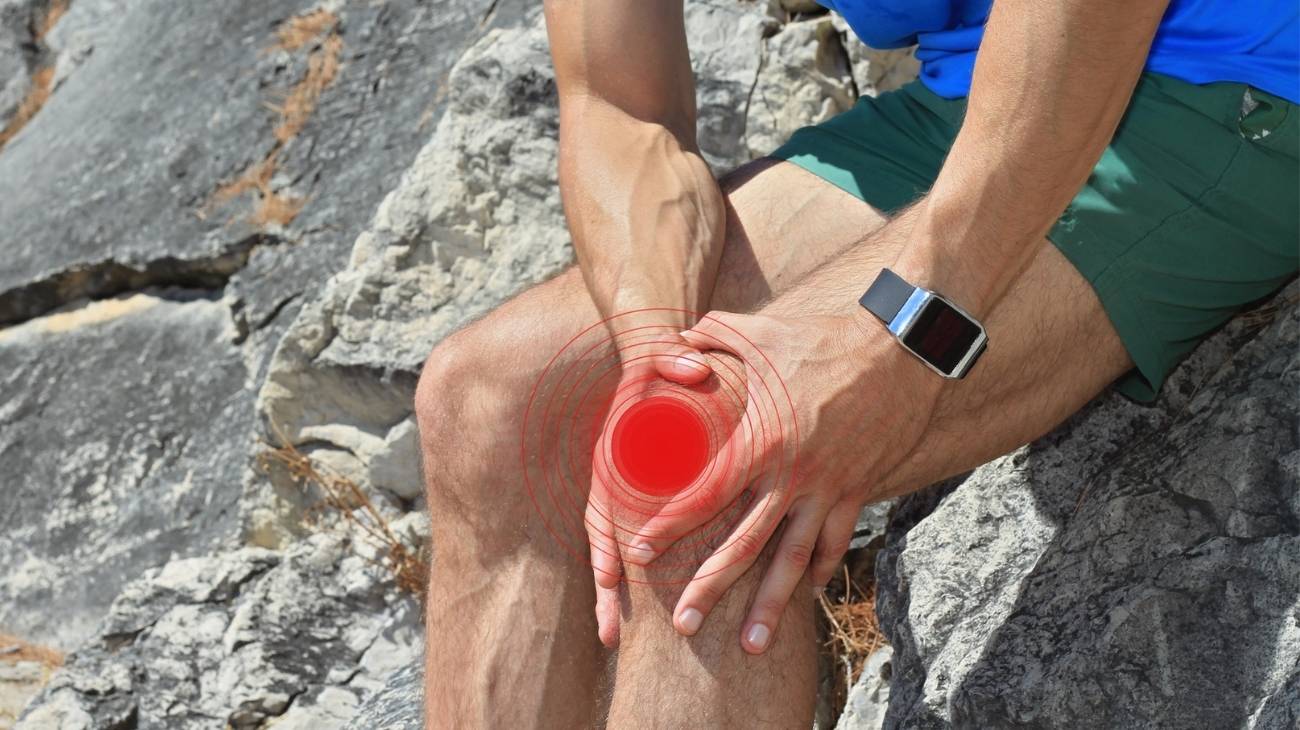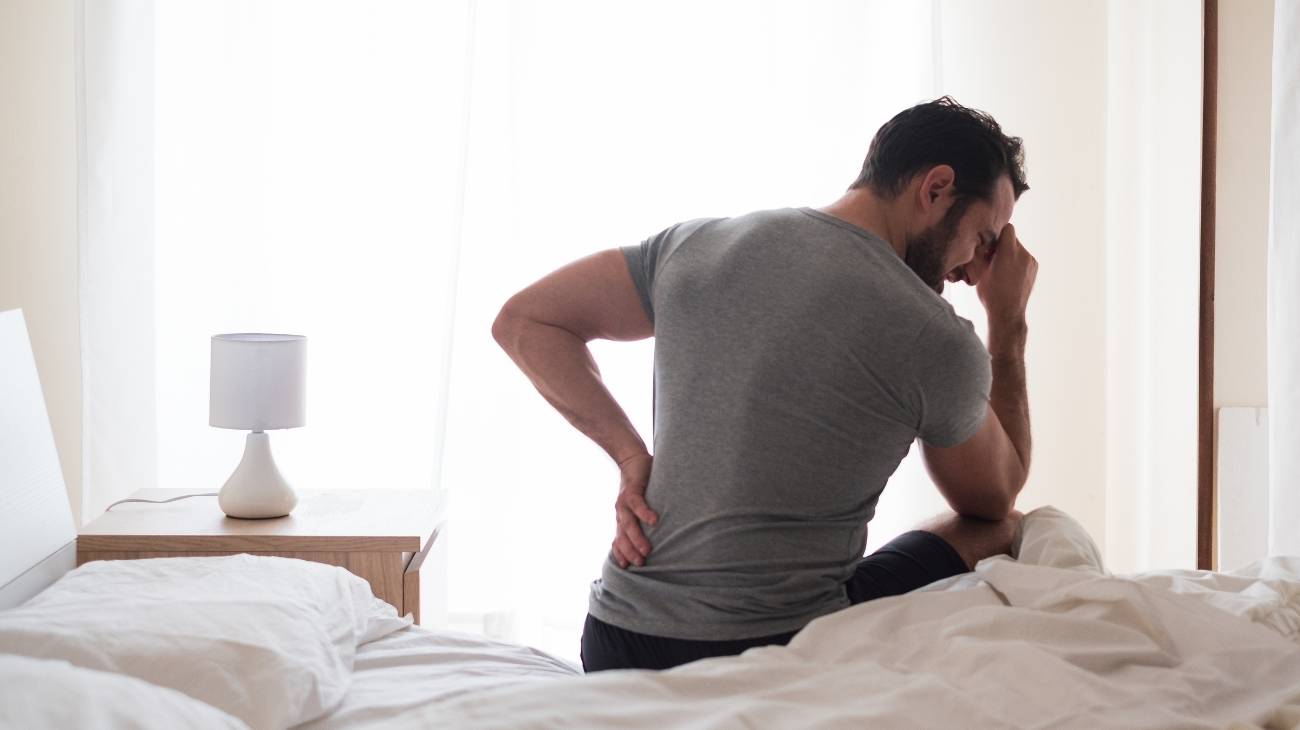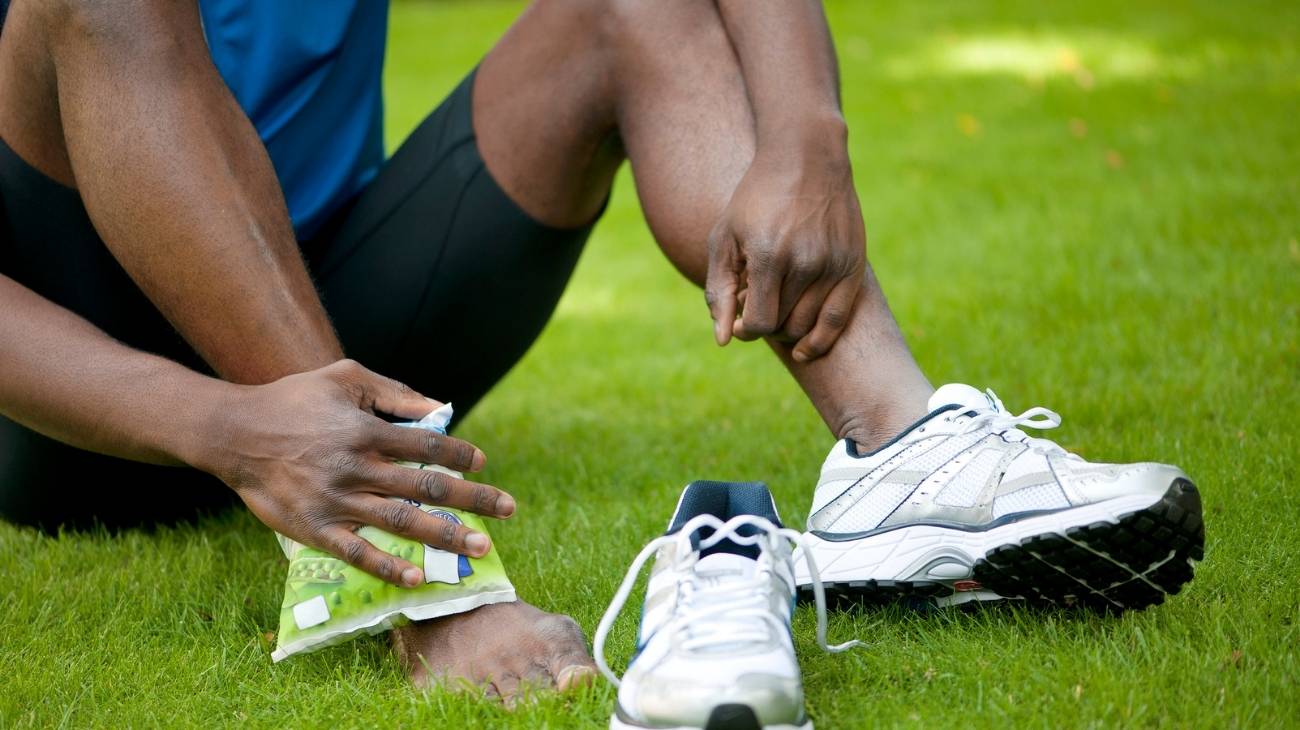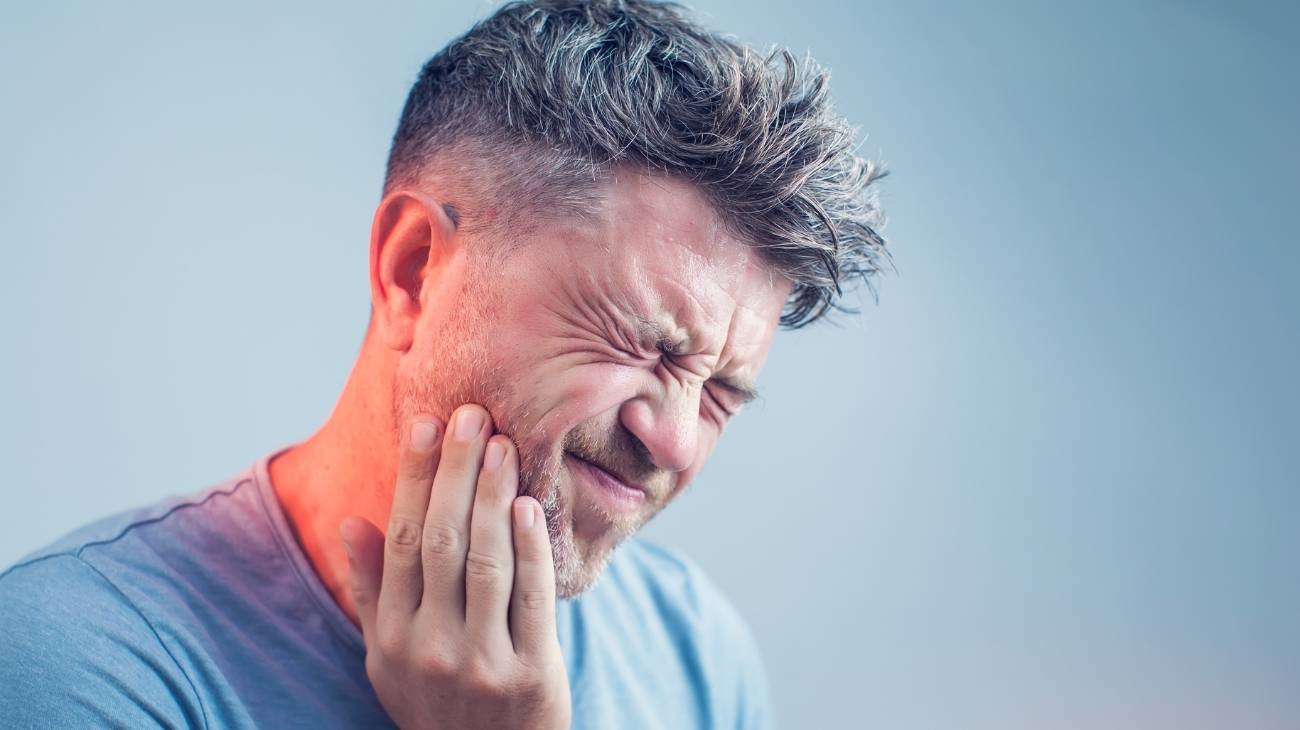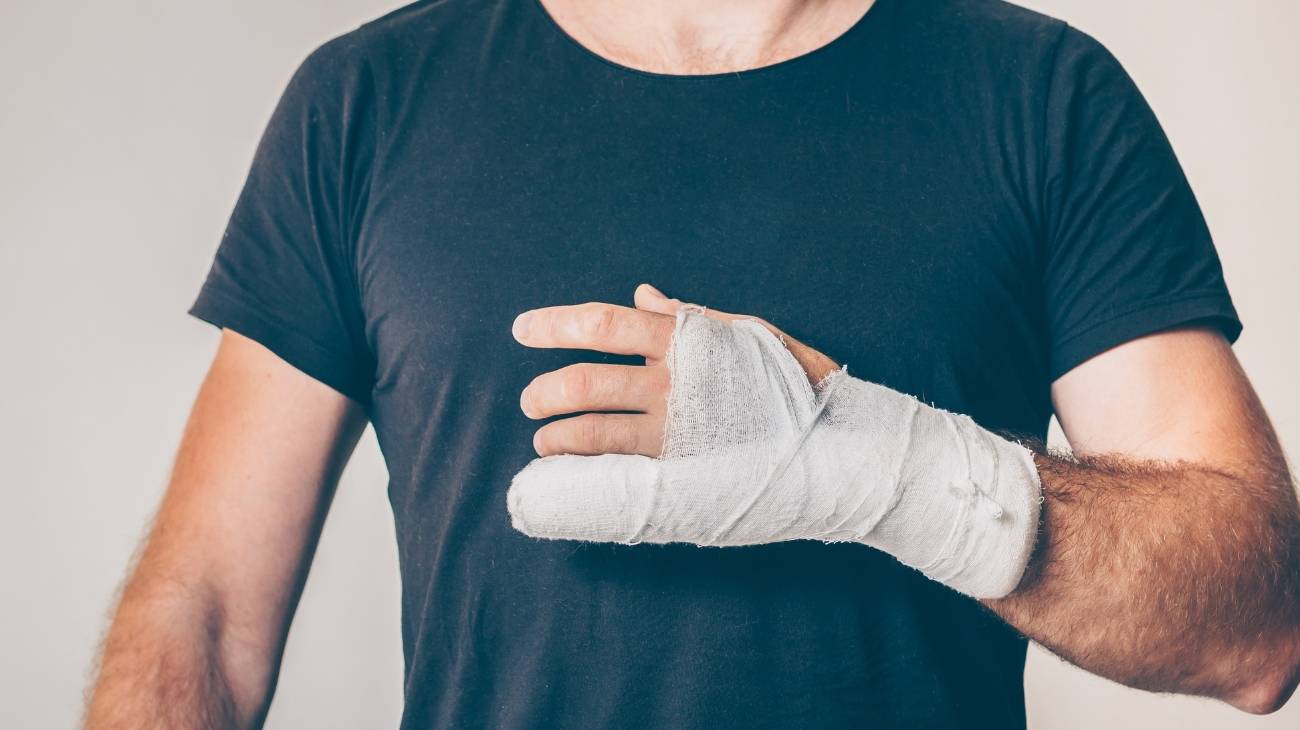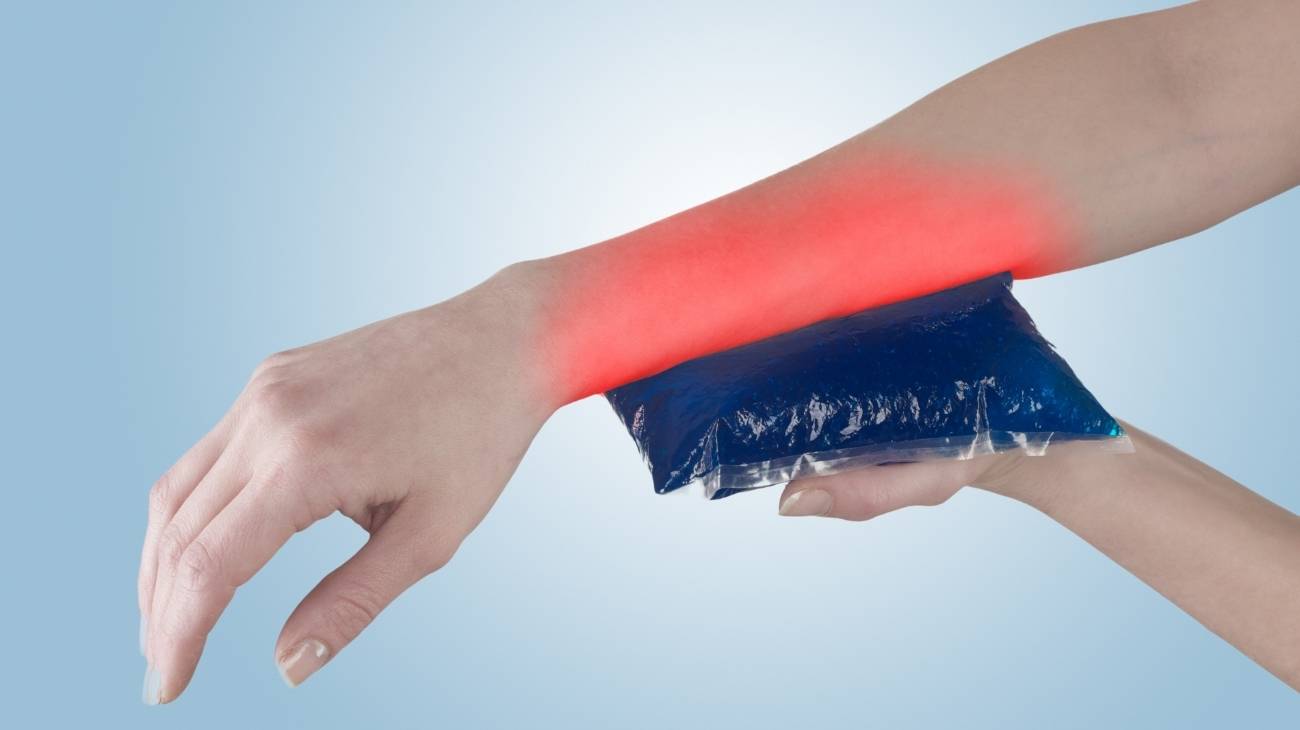Cold and heat therapies have been used for many years in the post-operative period for orthopaedic, facial and abdominal surgeries. This, because it has been proven to have great benefits in relieving pain and inflammation faster.
That is why the gel packs for cold and heat are placed to control the inflammation and reduce the nervous sensitivity. This translates into a decrease in pain levels and a faster recovery from surgery. Come with us to learn how to use the hot and cold gel packs to relieve pain after surgery or post-op!
How can we recover from the symptoms and pain after an operation?
Those who undergo surgery are mainly afraid of the complications of the surgery and the pain of the post-operative period. Any surgical act triggers a physiological inflammatory process. To interrupt this process, doctors use various therapeutic weapons that are very useful.
Pharmacological measures
Among the main tools are analgesic and anti-inflammatory drugs. These drugs work quite well and when administered preoperatively and postoperatively they give very good results.
The type of drug and its administration must be prescribed by a specialist doctor on an individual basis. In the case of significant pain, there are opioid drugs that can contribute to improvement. NSAIDs can be administered intravenously during the first 48-72 hours and then orally for 5 days.
However, any medication can generate side effects and therefore its administration must be supervised. There are other alternatives to relieve pain and reduce inflammation that contribute to a more satisfactory clinical improvement.
Other therapeutic measures
After an operation, certain techniques and behaviours can also be applied to help reduce painful symptoms. These are some of the easiest and simplest to perform:
- Physical measures: Depending on the type of surgery, certain physical measures must be taken to avoid post-surgical complications. It is important to move and walk for short periods of time, avoiding being inactive for a long time, to avoid complications. When it comes to facial surgery, facial movements can also be made to help clinical improvement.
- Cryotherapy: The cold offers great advantages in minor and major surgical processes. It should be applied during the first 24 to 72 hours in the area where the surgery was performed. Nowadays there are many options to be applied, the most suitable is by means of gel packs for cold and heat.
Bestseller
-
Gel Eye Mask for Puffy Eyes (Gold/Black)
$11.95 -
Gel Eye Mask for Puffy Eyes (Orange/Pink)
$11.95 -
Gel Eye Mask for Puffy Eyes (Purple/Turquoise)
$11.95 -
Ice Pack for Foot - Cold Therapy Socks (Black)
$24.95 -
Ice Pack for Foot - Cold Therapy Socks (Green)
$24.95 -
Ice Pack for Foot - Cold Therapy Socks (Pink)
$24.95
What are the advantages of applying cold to reduce pain after a post-surgical process?
Cold therapy has proven to be the best option for improving painful and inflammatory processes after surgery. Science considers cryotherapy as one of the main methods of effective pain relief.
The direct application of cold in abdominal, maxillofacial and extremity surgery considerably reduces the additional use of analgesic drugs. In limb and joint surgery, it reduces swelling and facilitates physiotherapy.
The beneficial effects of cryotherapy have been found to be very long lasting and effective. In addition to soothing pain and inflammation, the cold prevents further tissue damage by preserving cellular integrity.
The cooling of the area induces a series of physiological responses that translate into great advantages over the injury:
- Decrease in the nerve conduction of pain: The application of the cold locally considerably reduces the speed of sensitive nerve impulses. That is to say, the speed with which the pain travels in the peripheral nerves alleviating the pain considerably. In other words, the action of cryotherapy works like a local anaesthetic.
- Vasoconstriction of tissues and reduction of oedema and inflammation: The cold causes local vasoconstriction which instantly leads to a reduction in blood flow. In this way, tissue metabolism is reduced and the release of chemical substances that are precursors of inflammation is delayed. Also, the extravasation of fluid into the interstitial space in the lymphatic system is prevented, thus avoiding the appearance of oedema.
- Prevents tissue damage and promotes rapid recovery: The cold temperature reduces the functioning of cells not affected by the trauma caused by surgery. It maintains their integrity and also slows down the damage of the affected cells. This translates into a faster recovery of the tissues and clinical improvement of the surgical intervention.
How to use the cold gel packs to reduce inflammation in the operated area?
The use of ice gel pack to reduce inflammation in the operated area is very simple. We recommend that you follow the following recommendations to ensure an adequate therapeutic action:
- Cooling the pad: The pack should be cooled by placing it in the refrigerator or freezer for a period of time of no less than 2 hours. This is the minimum time considered adequate for our pads to generate the greatest benefit to the affected area.
- Checking the temperature: After the regulatory time has elapsed, check the temperature to the touch of the gel pack. If it is not the right temperature you can leave it for a few more minutes. If it is too cold you can leave it outside the freezer for a few minutes.
- Apply to the area to be treated: our packs are designed to be used directly to the site of the injury so they do not require covers. They have a soft tissue on one side that does not allow direct contact with the skin. To ensure greater comfort, some of our models include a compression strap to hold the area more comfortably.
- The first 24-72 hours: Apply the cold gel packs over the surgery area for 15-20 minutes. It is important not to exceed 30 minutes by letting it rest for 30 minutes to 1 hour.
- Elevation of the area: This behaviour will depend on the area involved. It is much more suitable for surgeries of the extremities and their joints. In any case, it considerably improves the inflammation.
- Inspecting the skin: During the application of cryotherapy the state of the skin must be monitored. If there is any change in colour, it should be stopped immediately.
- Returning the gel pack to the cold: Once the exposure time to the cold has finished, the gel pack should be returned to the freezer. In this way, it is kept at the right temperature until the next exposure time.
- Care for the integrity of the pad: Sitting, leaning or stepping on the gel pack should be avoided. This can cause the pack to break and deteriorate.

